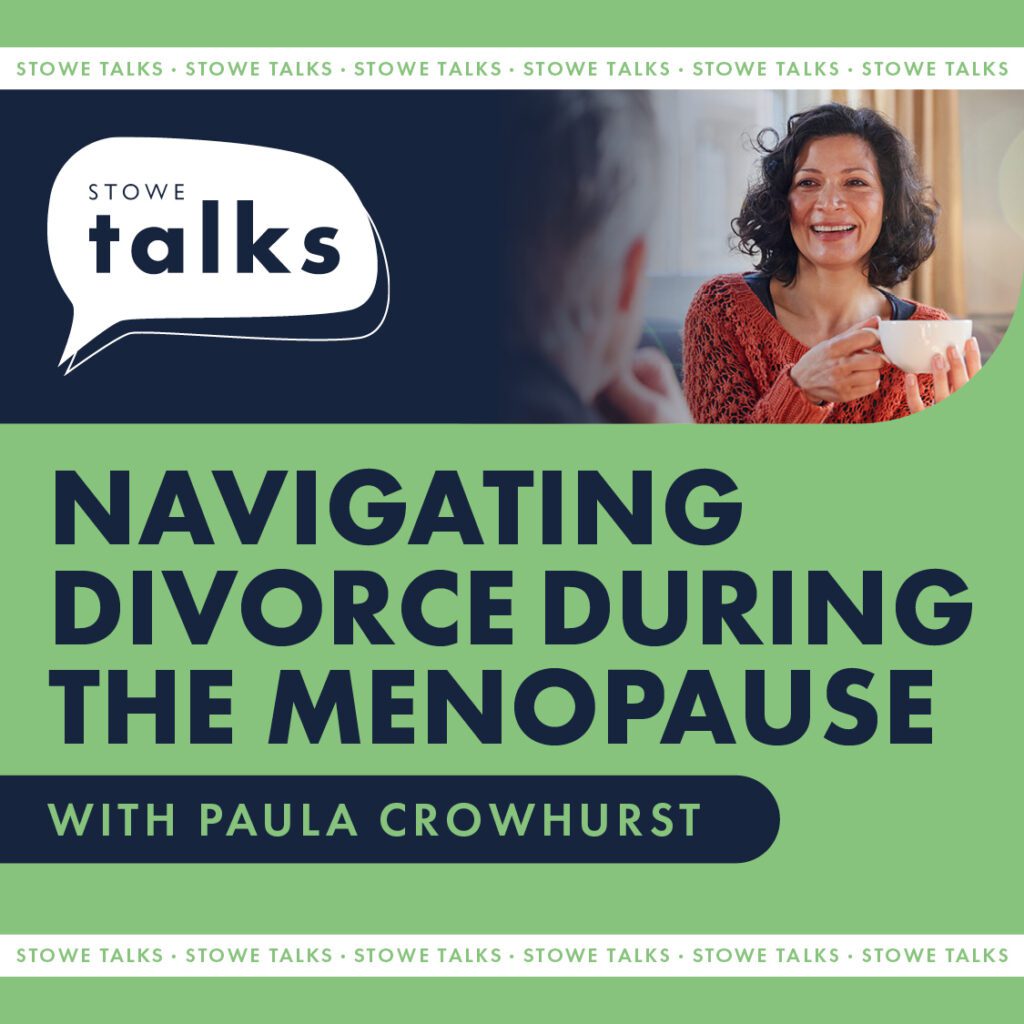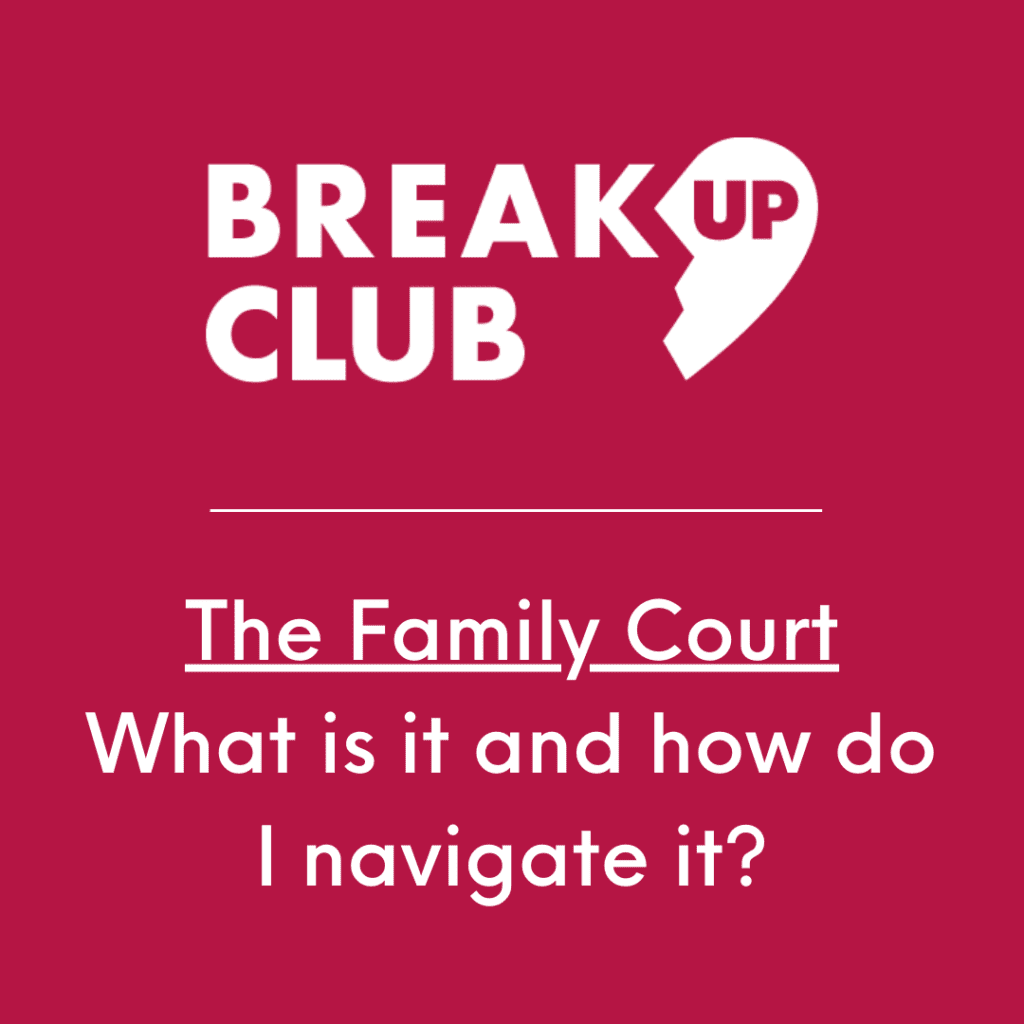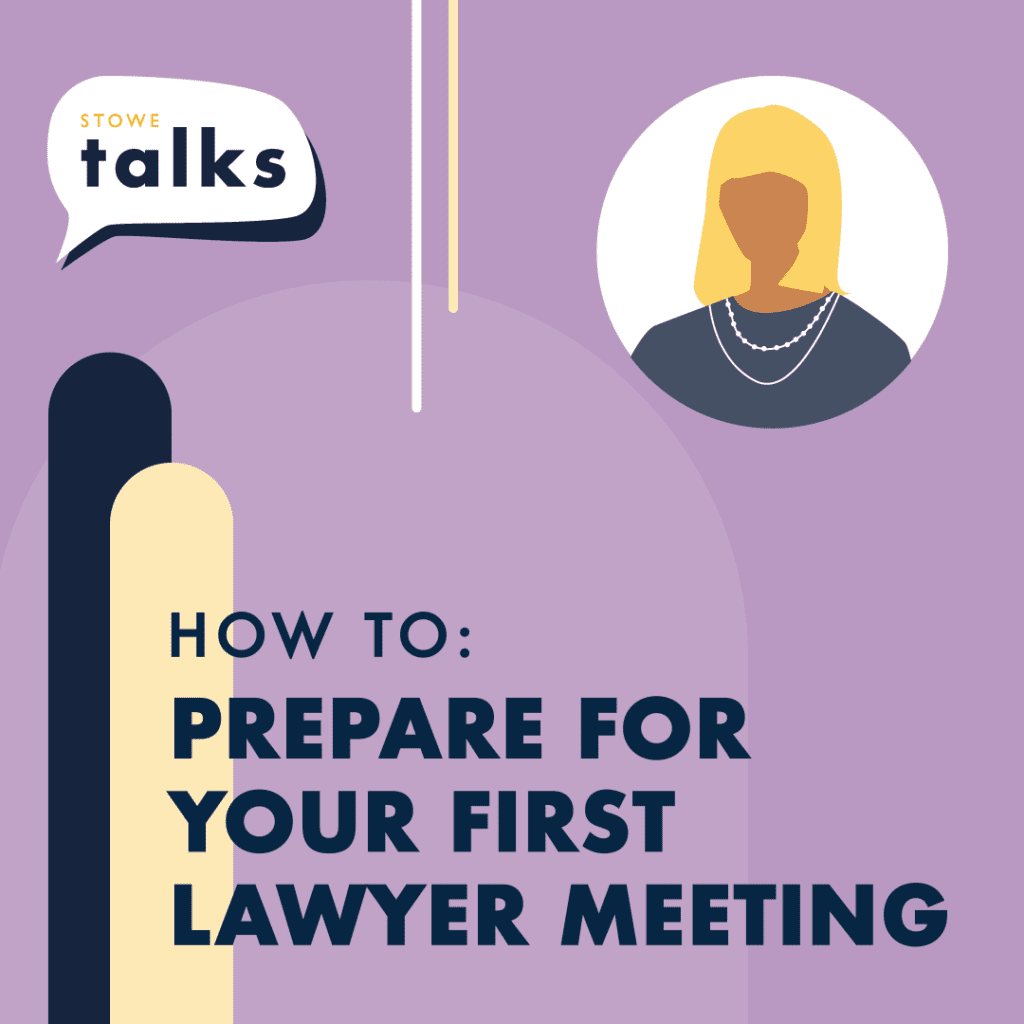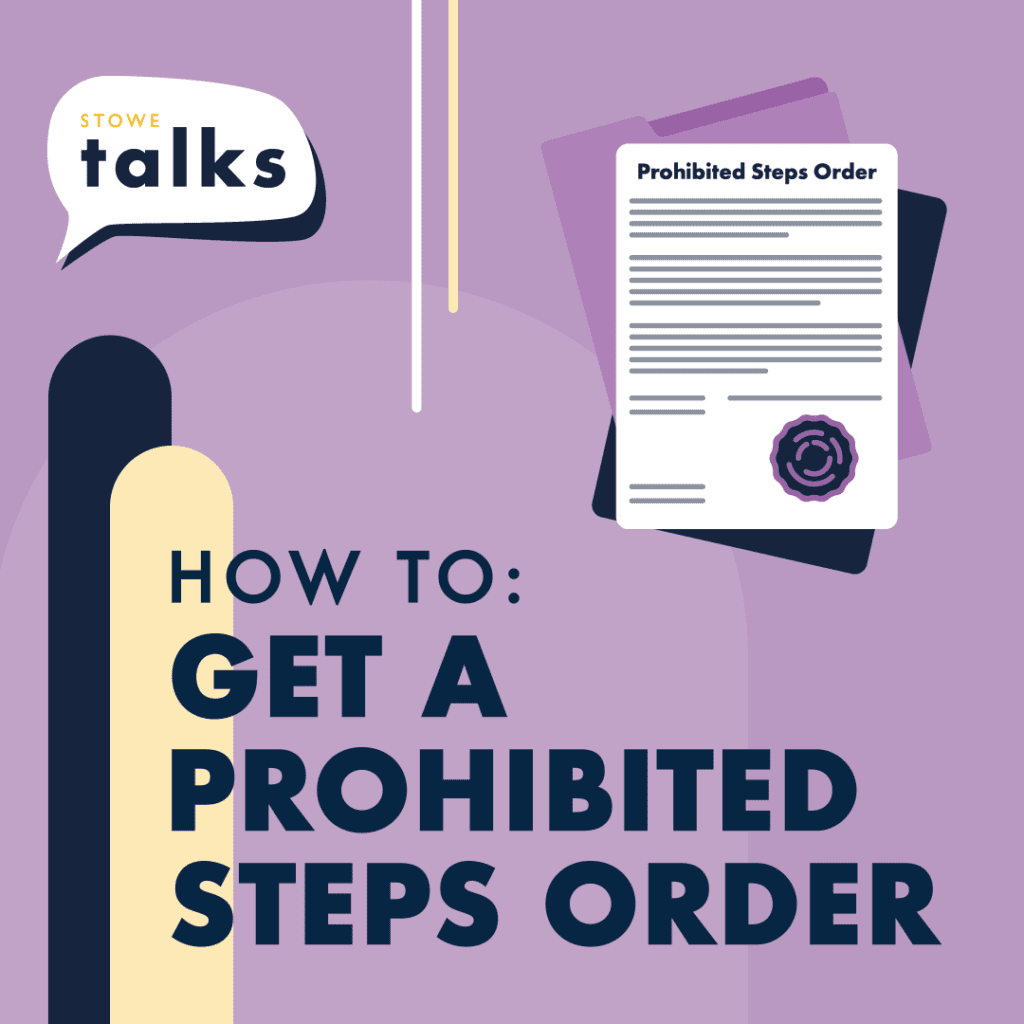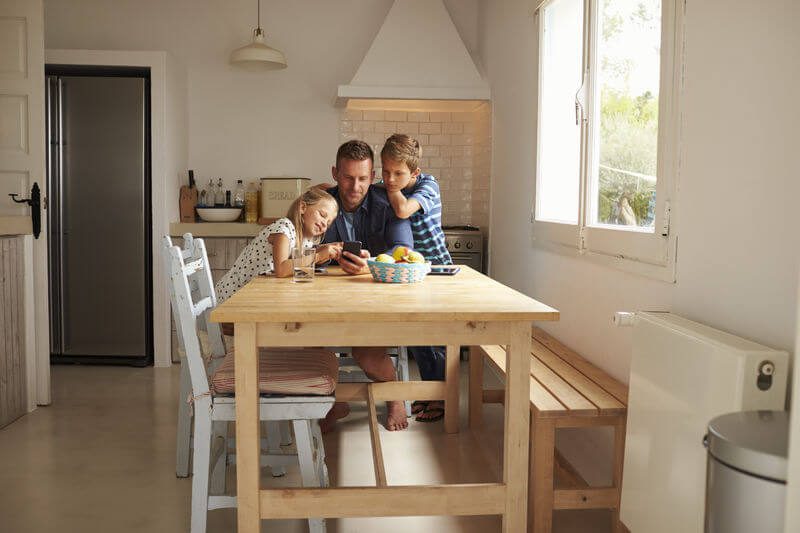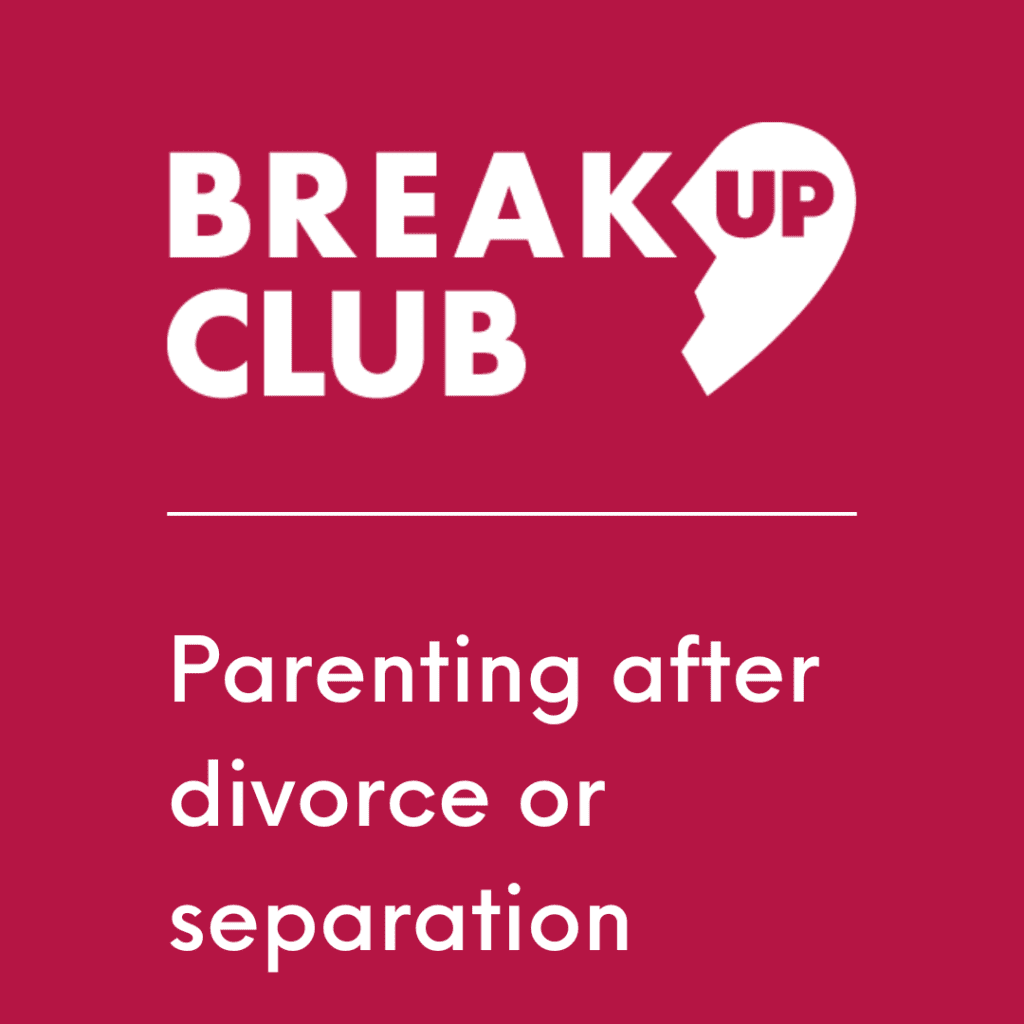Categories to guide you
Popular Advice Topics
Featured advice
Are you and your ex struggling to agree a schedule for the summer holidays?
The long school summer break is drawing closer and if you haven’t already, it’s likely you’ll soon begin forming a plan to co-parent through the summer.
The school
Open article
Latest advice
Blog
The remarriage trap
The remarriage trap is sadly not the sequel to the Parent Trap, the famous Lindsay Lohan movie where twins separated because of their parent’s acrimonious divorce meet by chance and end up trying to get their parents back together. It is, in fact,
Wedding season is in full swing and so are enquiries to family lawyers for prenuptial agreements. In this blog, Senior Associate Nicole Turner looks at the common mistakes couples make when it comes to prenups, and how to avoid them.
Family law of
Divorce, despite being a common occurrence in contemporary society, remains one of the most emotionally taxing experiences a person can endure. It’s a life-altering event that brings about significant changes, not just in your personal life but in
Break-Up Club
Watch: The Family Court – how do I navigate it?
“I'm a single mum; this is why I dread Father's Day” As Father’s Day approaches, partner divorce coach Kate Nestor shares her tips to help single Mum’s navigate the day.
Solo parenting brings challenges year-round, but the annual Mother’
Anyone can experience loneliness. Whether alone or in company, we each have different reasons for feeling lonely. However, if chronic or long-term loneliness is left unresolved, it can begin to impact our mental health.
Divorce or separation mea
On 16th May 2025, the Law Commission released their final report on Modernising Wills Law. The report, alongside a draft bill, have been presented to Parliament for review, and the Government have released an initial response, welcoming the report an
Upcoming events
Popular advice
Are you and your ex struggling to agree a schedule for the summer holidays?
The long school summer break is drawing closer and if you haven’t already, it’s likely you’ll soon begin forming a plan to co-parent through the summer.
The school
Cohabitation has been the fastest growing family type in the UK for several years. Couples are less concerned about making those relationships ‘legal’ through marriage or a civil partnership.
Cohabitation is not a legal status. Whilst there is
Divorce, despite being a common occurrence in contemporary society, remains one of the most emotionally taxing experiences a person can endure. It’s a life-altering event that brings about significant changes, not just in your personal life but in
Blog
The remarriage trap
The remarriage trap is sadly not the sequel to the Parent Trap, the famous Lindsay Lohan movie where twins separated because of their parent’s acrimonious divorce meet by chance and end up trying to get their parents back together. It is, in fact,
One of the most important – and often overlooked – parts of the divorce journey is how you leave. So many people reach a point where they know, deep down, that the marriage is over. But what comes next feels overwhelming. Do you wait? Do you say
Catherine Cooke, accredited divorce coach, looks at the belief that staying together for the kids is the healthiest thing to, and where this could be misplaced protection.
“Children don’t need a perfect family. They need emotionally healthy pare
Anyone can experience loneliness. Whether alone or in company, we each have different reasons for feeling lonely. However, if chronic or long-term loneliness is left unresolved, it can begin to impact our mental health.
Divorce or separation mea
Wedding season is in full swing and so are enquiries to family lawyers for prenuptial agreements. In this blog, Senior Associate Nicole Turner looks at the common mistakes couples make when it comes to prenups, and how to avoid them.
Family law of
Book Your Free Callback
- Enter your details
- Book your free, no-obligaton callback
Or call us now to speak to a member of the team immediately:
Please note that we cannot offer Legal aid.
Close
Newsletter Sign Up
Sign up for advice on divorce and relationships from our lawyers, divorce coaches and relationship experts.
Privacy Policy





